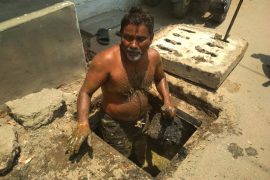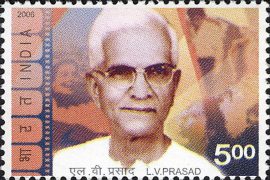The intensity with which issues surrounding the Sabarimala temple have been debated after the recent Supreme Court ruling allowing all women, irrespective of age, to pray at the shrine has brought into sharper focus several related issues, especially on public health and safety.
A plethora of problems have always plagued Sabarimala. The acquisition of forest lands to facilitate pilgrims, threats to wildlife, and depletion of forests have been widely discussed. During the main pilgrimage season, the makaravilakku, nearly 45 million people visit the shrine annually; a majority of them are from Tamil Nadu, followed by Karnataka and Kerala.
It is an unusual mass-gathering, similar to the Haj but dissimilar due to the extremely sensitive eco-system. The governmental agencies have onerous responsibilities – not just crowd management but managing concerns like communicable and non-communicable diseases, emergency preparedness, environmental health and health care provision in a non-normal situation. These dimensions were brought out with empirical support in a study conducted by Santhigiri Research Foundation and Global Institute of Public Health, Thiruvananthapuram, with the help of the Indian Council of Medical Research.
Copyright©Madras Courier, All Rights Reserved. You may share using our article tools. Please don't cut articles from madrascourier.com and redistribute by email, post to the web, mobile phone or social media.Please send in your feed back and comments to [email protected]











